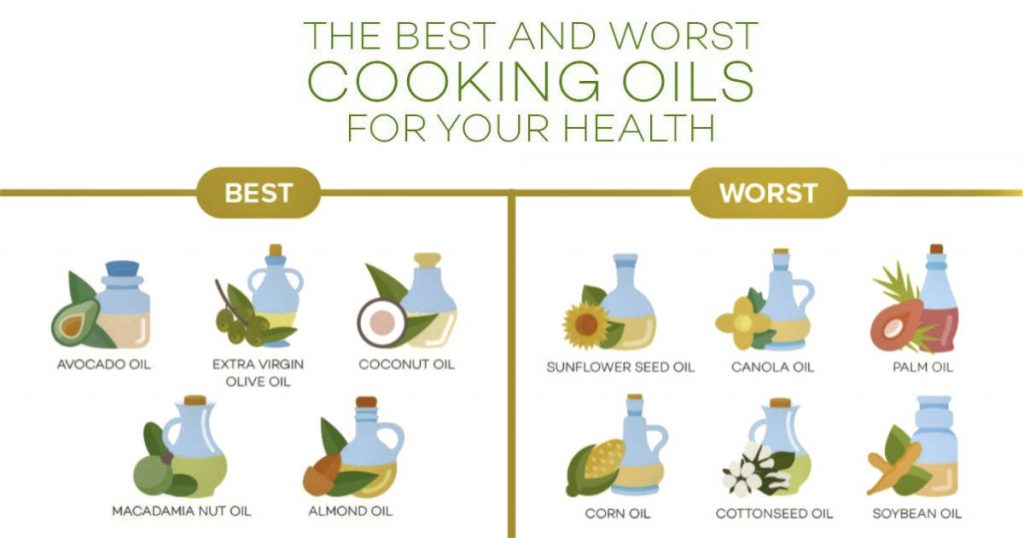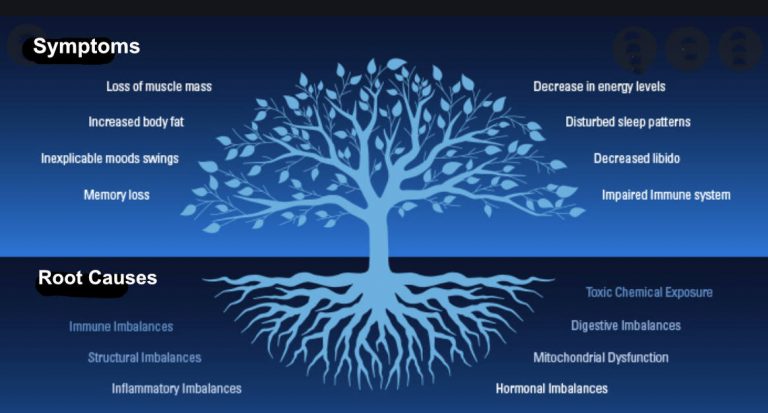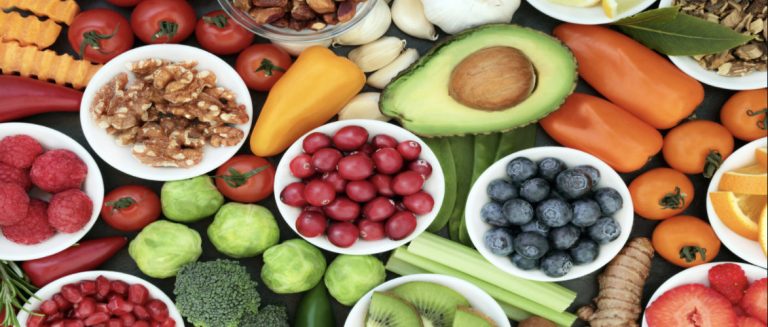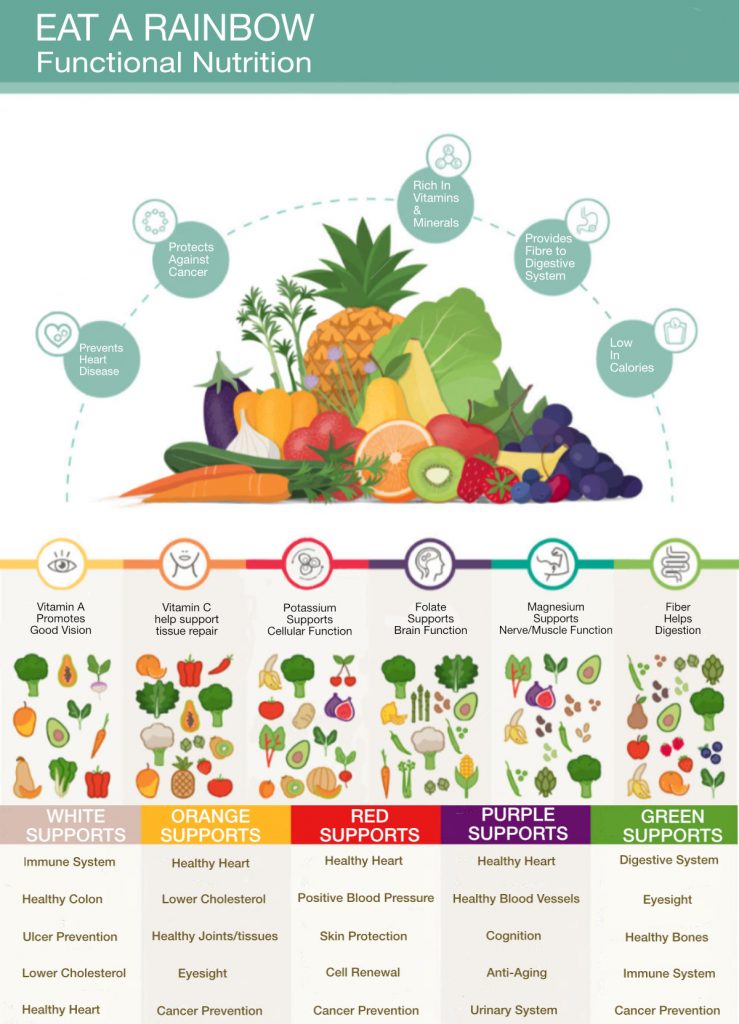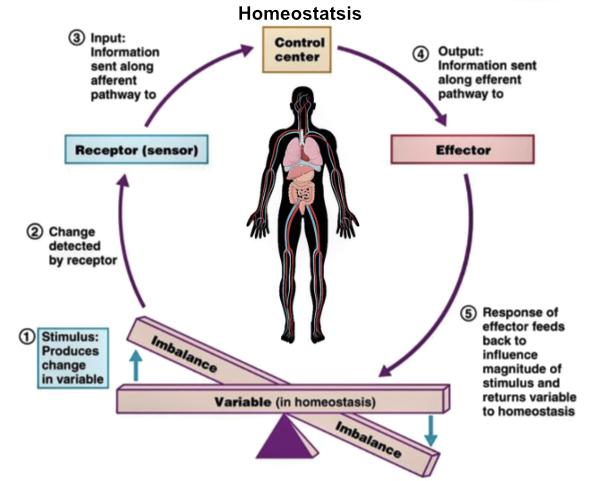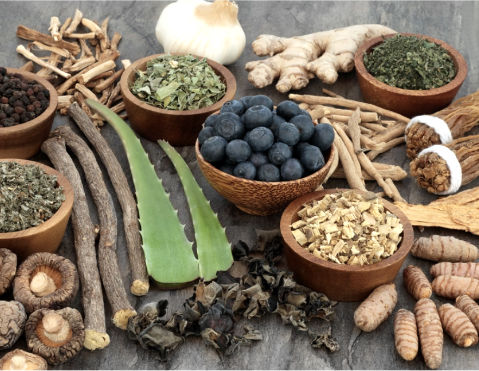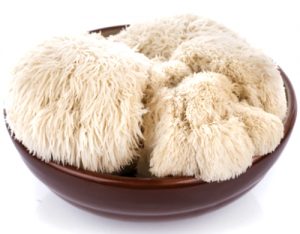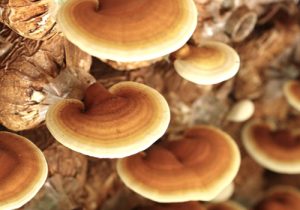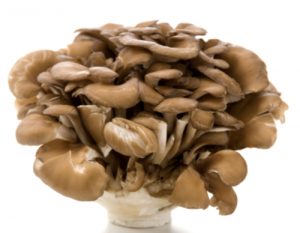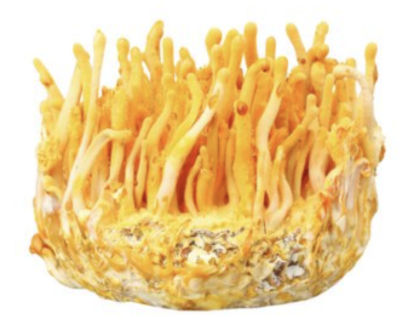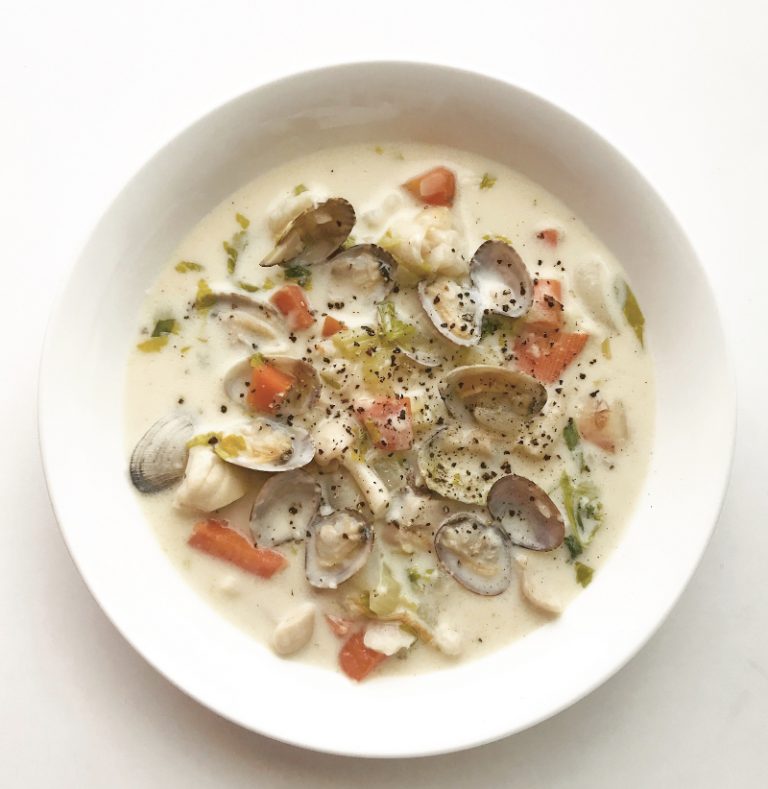
Delicious and nutritious, aged garlic adds a burst of rich flavour that elevates just about any dish and it’s sodium free. And no, it doesn’t taste like regular garlic.
Black garlic is made from raw garlic that’s been aged under very specific conditions to promote the Maillard reaction. This natural reaction is a chemical process that occurs between sugar molecules and amino acids and produces caramelization. In foods, the Maillard reaction results in the creation of hundreds of different flavour creating familiar compounds like seared or roasted meat, toasted bread, caramelized onions, caramel, beer, chocolate, coffee and maple syrup.

In black garlic, the process turns the raw garlic cloves into an inky-black colour and changes the texture into a date-like consistency. The process brings out a rich, unique flavour which results in a mild, sweet and earthy taste, with notes of plum — without the bitter burn of raw garlic.
Softer and sweeter than raw garlic, black garlic can be added to all sorts of dishes like flavoured dips, compound butters , mixed into ground beef for burgers or bolognese, used as a topping for pizza or simply spread across a toasted loaf of bread and warmed in the oven like garlic bread.
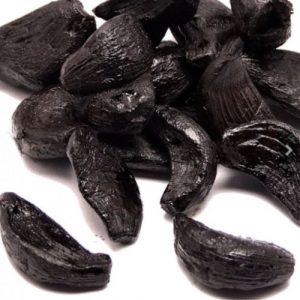
Black garlic is a low moisture, dried ingredient. It should be stored in a cool, dark place in your cupboard. Once a clove is opened the black garlic can be refrigerated for several weeks.
Health Benefits
The heath benefits of black garlic are impressive. Not only is black garlic wildly delicious, black garlic contains about twice as many antioxidants as raw garlic, including one called s-allycysteine. A sizeable number of pharmacological studies discovered that aged garlic extract and its constituents have antioxidant, anti-aging, immune-enhancing, heart protective, and liver protective properties. It can also help prevent tumour and allergic reactions.
One tablespoon (15 grams, 0.5 ounces) of black garlic contains 35 calories, 0 grams of fat, 0 milligrams of sodium, 8 grams of carbohydrate, and 1 gram of protein.
